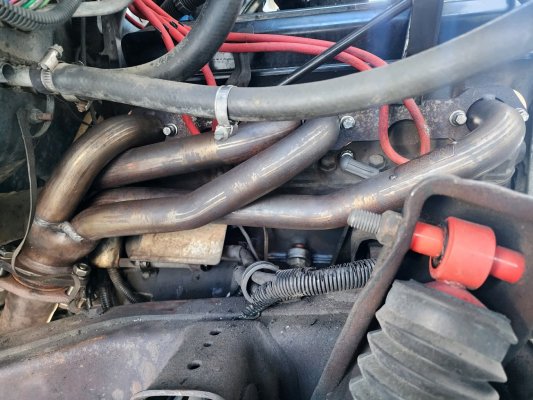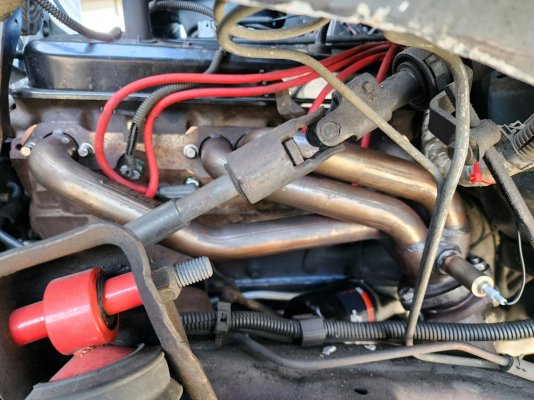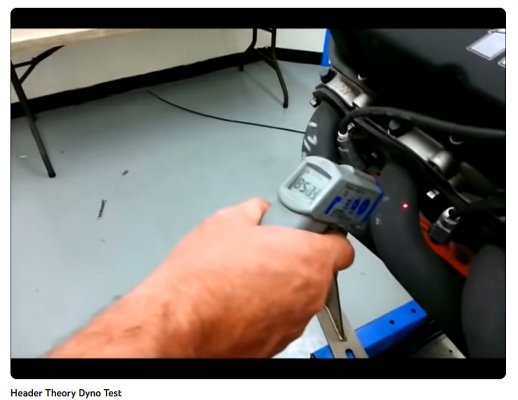L31MaxExpress
I'm Awesome
The only SBC vehicle I have had in 15 years that has had manifolds is the 87 G20 I built as a cruiser van for my mom to also use for road trips. It has the Hooker manifolds on it and they seem to do an adequate job on a ~375 hp L31. They claim they have the same flow area as 1-5/8" primary headers and they definitely appear to. They also have a 2.5" outlet. That being said I feel ANY header even a shorty will have better scavenging and offer more torque. This one was built as a cruiser not a hot rod, so I used the Hooker manifold because they were cheaper than headers when I bought them, and I am honestly tired of burning spark plug wires and melting wiring harness convoluted looming with header setups. The castings are smooth, clean and use a moly material like the GM 8.1L manifolds and thus more resistant to cracking. No complaints with them for the application and I have even considered putting a pair on my 383 in place of the Thorleys. The Thorley header flange has always been a complete PITA on my 97 and I am about fed up with them. The Thorleys will be removed at some point soon. The stupid donut gaskets have cracked apart yet again causing small but noticeable exhaust leaks. The flange bolt arrangement is terrible, Thorley could not have oriented the flanges any worse for access. 90* turn on the flanges would have been 1000x easier to access the bolts. Whether they get V-band flanged and recoated or they get replaced with manifolds, I am not sure yet. I have considered removing them, installing Hooker coated manifolds, then changing the exhaust to 2.5" pipes to the cats. Less aggravation and less under hood heat. Then if the engine ever needs to come out, it is less work to remove as the engine will come out with the manifolds still attached. That being said I have had headers on other vehicles and they are great and that includes an earlier Thorley design on my 83 G20. Those were great headers and had a better, more accessible design on the collector that used a standard flange gasket. The donut flange on my Express headers was a real screw the pooch design by Thorley. V-bands have been around for decades, and Thorley definitely should have used on their Express headers. I wish I could nut kick the guy that decided to use a standard 3 bolt flange, use a donut flange to seal the stupid thing and then decided on the worst possible angle to install said flanges for clearance.
Last edited:






